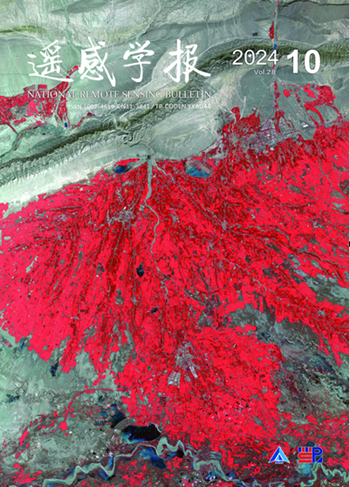Satellite Remote Sensing of Savannas: Current Status and Emerging Opportunities
引用次数: 7
Abstract
Savannas cover a wide climatic gradient across large portions of the Earth’s land surface and are an important component of the terrestrial biosphere. Savannas have been undergoing changes that alter the composition and structure of their vegetation such as the encroachment of woody vegetation and increasing land-use intensity. Monitoring the spatial and temporal dynamics of savanna ecosystem structure (e.g., partitioning woody and herbaceous vegetation) and function (e.g., aboveground biomass) is of high importance. Major challenges include misclassification of savannas as forests at the mesic end of their range, disentangling the contribution of woody and herbaceous vegetation to aboveground biomass, and quantifying and mapping fuel loads. Here, we review current (2010–present) research in the application of satellite remote sensing in savannas at regional and global scales. We identify emerging opportunities in satellite remote sensing that can help overcome existing challenges. We provide recommendations on how these opportunities can be leveraged, specifically (1) the development of a conceptual framework that leads to a consistent definition of savannas in remote sensing; (2) improving mapping of savannas to include ecologically relevant information such as soil properties and fire activity; (3) exploiting high-resolution imagery provided by nanosatellites to better understand the role of landscape structure in ecosystem functioning; and (4) using novel approaches from artificial intelligence and machine learning in combination with multisource satellite observations, e.g., multi-/hyperspectral, synthetic aperture radar (SAR), and light detection and ranging (lidar), and data on plant traits to infer potentially new relationships between biotic and abiotic components of savannas that can be either proven or disproven with targeted field experiments.Savanas卫星遥感:现状与新机遇
草原覆盖了地球大部分陆地表面的广泛气候梯度,是陆地生物圈的重要组成部分。草原一直在经历改变其植被组成和结构的变化,如木本植被的侵蚀和土地利用强度的增加。监测稀树草原生态系统结构(如木本和草本植被的划分)和功能(如地上生物量)的时空动态非常重要。主要挑战包括将稀树草原错误地归类为其范围中端的森林,理清木本和草本植被对地上生物量的贡献,以及量化和绘制燃料负荷图。在此,我们回顾了目前(2010年至今)在区域和全球范围内卫星遥感在稀树草原中的应用研究。我们发现了卫星遥感领域正在出现的有助于克服现有挑战的机遇。我们就如何利用这些机会提出了建议,特别是(1)制定一个概念框架,从而在遥感中对稀树草原进行一致的定义;(2) 改进稀树草原的测绘工作,纳入与生态相关的信息,如土壤特性和火灾活动;(3) 利用纳米卫星提供的高分辨率图像,更好地了解景观结构在生态系统功能中的作用;以及(4)将人工智能和机器学习的新方法与多源卫星观测相结合,例如多光谱/高光谱、合成孔径雷达(SAR)和光探测和测距(激光雷达),以及植物性状数据,以推断热带草原生物和非生物成分之间潜在的新关系,这些关系可以通过有针对性的实地实验来证明或反驳。
本文章由计算机程序翻译,如有差异,请以英文原文为准。
求助全文
约1分钟内获得全文
求助全文
来源期刊

遥感学报
Social Sciences-Geography, Planning and Development
CiteScore
3.60
自引率
0.00%
发文量
3200
期刊介绍:
The predecessor of Journal of Remote Sensing is Remote Sensing of Environment, which was founded in 1986. It was born in the beginning of China's remote sensing career and is the first remote sensing journal that has grown up with the development of China's remote sensing career. Since its inception, the Journal of Remote Sensing has published a large number of the latest scientific research results in China and the results of nationally-supported research projects in the light of the priorities and needs of China's remote sensing endeavours at different times, playing a great role in the development of remote sensing science and technology and the cultivation of talents in China, and becoming the most influential academic journal in the field of remote sensing and geographic information science in China.
As the only national comprehensive academic journal in the field of remote sensing in China, Journal of Remote Sensing is dedicated to reporting the research reports, stage-by-stage research briefs and high-level reviews in the field of remote sensing and its related disciplines with international and domestic advanced level. It focuses on new concepts, results and progress in this field. It covers the basic theories of remote sensing, the development of remote sensing technology and the application of remote sensing in the fields of agriculture, forestry, hydrology, geology, mining, oceanography, mapping and other resource and environmental fields as well as in disaster monitoring, research on geographic information systems (GIS), and the integration of remote sensing with GIS and the Global Navigation Satellite System (GNSS) and its applications.
 求助内容:
求助内容: 应助结果提醒方式:
应助结果提醒方式:


